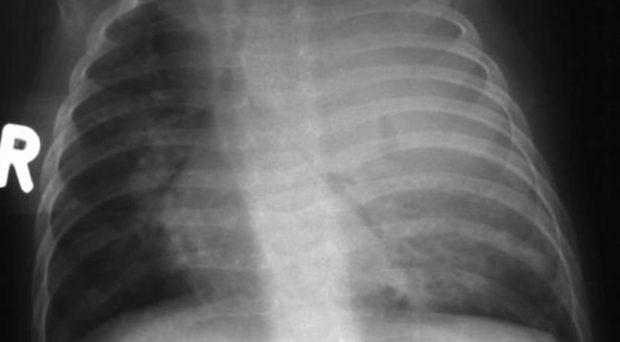
Historically childhood tuberculosis (TB) has been in the shadows. Globally, national TB control programs focussed exclusively on adult cases with sputum smear-positive TB in an attempt to treat the most infectious cases and reduce on-going transmission, with little recognition of the preventable disease burden suffered by children in TB endemic settings.
National TB control programs focussed exclusively on adult cases.
A “Call to action” that followed an International Childhood TB Meeting, organized by the European Centre for Disease Control and Prevention (ECDP) in Stockholm, Sweden, requested formal acknowledgement that children are greatly affected by the TB epidemic and concerted action be taken to reduce its negative impact. For the first time, the World Health Organization (WHO) included childhood TB disease estimates in their 2012 annual Global Tuberculosis report and compiled a Child TB factsheet to focus attention on the plight of children in TB endemic areas.
Since then substantial progress has been made to raise awareness and global political commitment, improve quantification of the TB disease burden suffered by children, create guidelines and training materials for national TB programs on the management of childhood TB, and introduce child-friendly medicines to treat drug-susceptible TB. However much remains to be done.
Far too long, children with tuberculosis (TB) have remained in the shadows.
Recently the United Nations Secretary-General’s Special Envoy on TB Dr. Eric Goosby stated: “Far too long, children with tuberculosis (TB) have remained in the shadows. While there have been tremendous strides made in improving other areas of child health and survival, we have yet to see the parallel advances in pediatric TB. Instead, many children with TB die before they can be diagnosed and treated.”
Key actions to address remaining challenges have been outlined in the WHO “Roadmap for childhood tuberculosis: towards zero TB deaths”. Children are also firmly embedded in the new WHO End TB strategy, with calls for:
1) Better data to monitor progress in epidemic control, including drug-resistant TB.
2) Sputum independent point-of-care diagnostics.
3) Improved treatment options including child-friendly drug formulations.
4) New vaccines with enhanced protection against all forms of disease.
A series on childhood tuberculosis, soon to be published in the journal Pneumonia, presents an overview of the global child TB burden, considers optimal approaches to diagnose TB in children, assesses challenges in human immunodeficiency virus (HIV)-infected children, describes recent treatment advances including drug resistant TB and reviews novel vaccination approaches to prevent TB in young and vulnerable children.
Comments